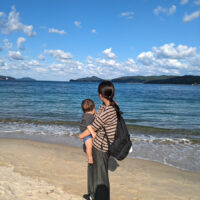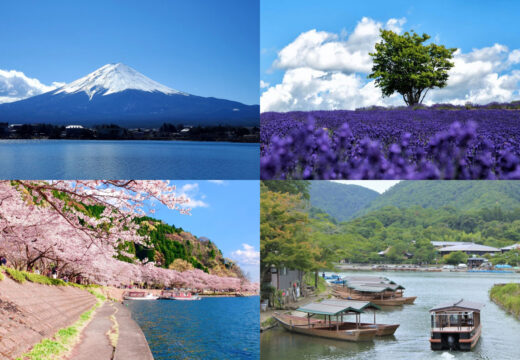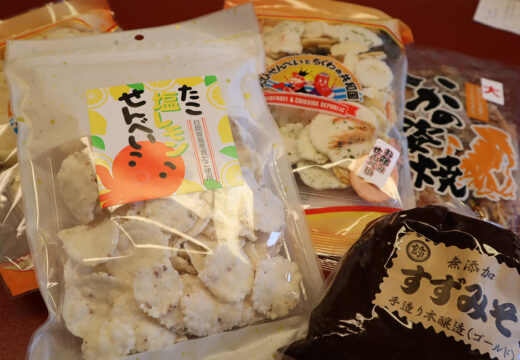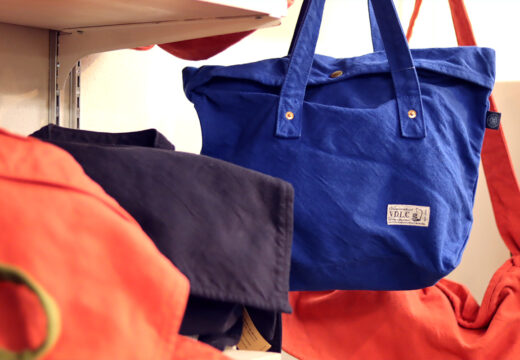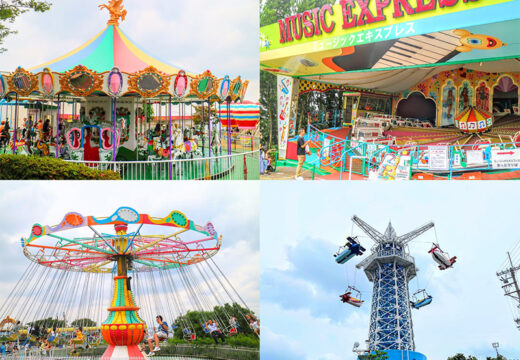Toyooka, Japan’s No. 1 bag producer and storks in flight
Category: Sightseeing
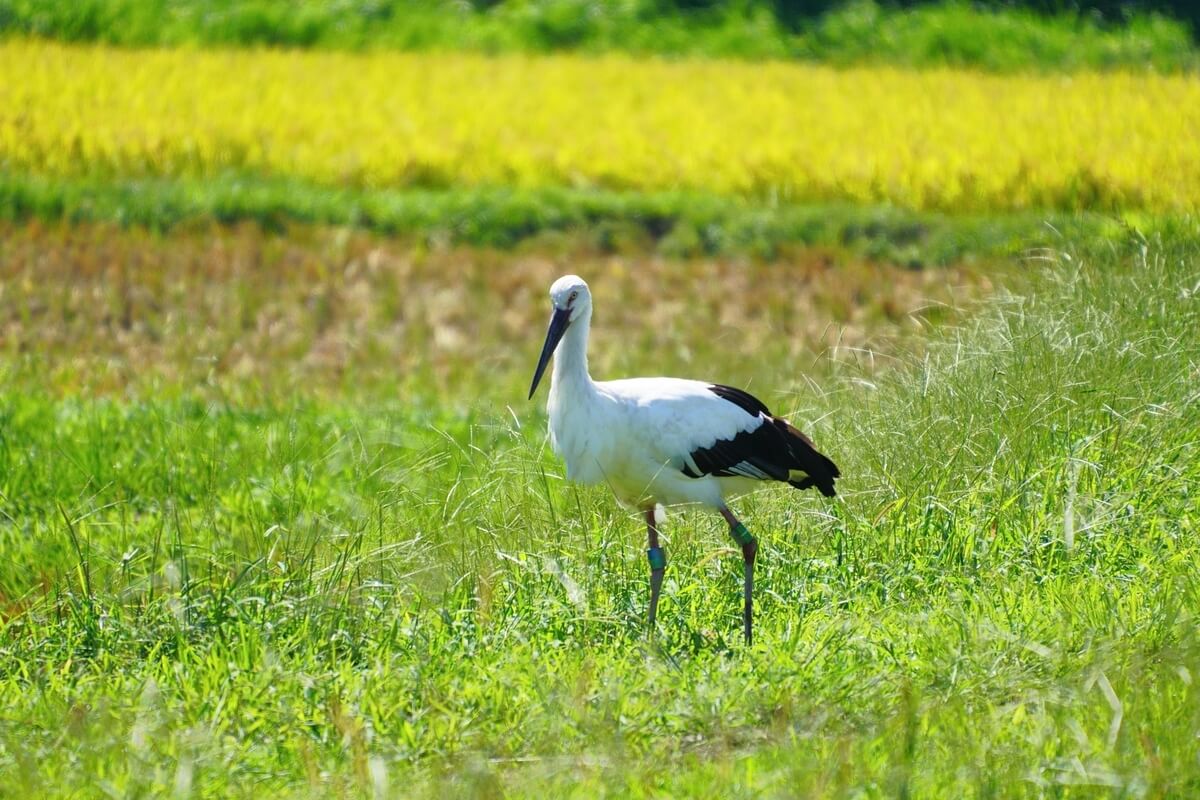
Toyooka City, located in the northern part of Hyogo Prefecture, is a recommended area for a day trip or short trip that takes about 3 hours from Osaka or Kyoto. The history and attractions of Toyooka, nurtured in a land rich in nature, are presented here.
What is Toyooka City?
Toyooka City is the largest city in Hyogo Prefecture. In 2005, Toyooka City, Kinosaki Town, Takeno Town, Hidaka Town, Izushi Town, and Tanto Town merged to form the present Toyooka City. Facing the Sea of Japan to the north and surrounded by mountains, the city is rich in nature.
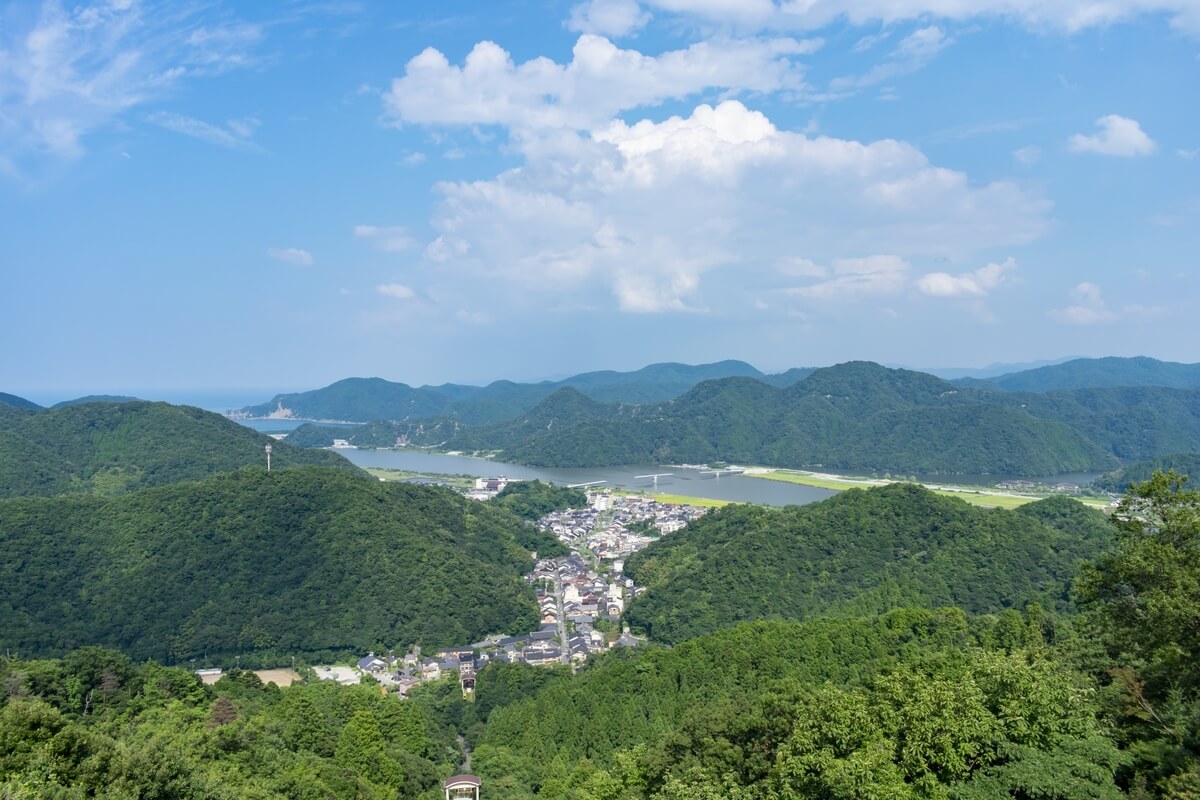
While the summers can be the hottest in Japan, winters are harsh and cold with heavy snowfall, and the climate is characterized by fog and rain throughout the year.
– Don’t forget your umbrella even if you forget your lunch box. –
This is a common saying in Toyooka and other areas on the Sea of Japan coast, meaning that the climate can change easily within a day and sudden rain or snow can strike. When visiting Toyooka, keep this saying in mind and be prepared with a folding umbrella.

Kinosaki Onsen, one of the best hot spring resorts in Japan, and Izushi Castle Town, with its elegant townscape, are also popular and attract many tourists.
History of Toyooka
Two essential elements of Toyooka’s history are the “bag” and the “stork”. Here are some stories related to these two.
Japan’s largest producer of bags
The central part of Toyooka City is a flat area surrounded by mountains called the Toyooka Basin, where people have lived since the Paleolithic Age, more than 16,000 years ago.
In the Toyooka Basin, basket making began using koriyanagi, a type of willow that grows wild along the Maruyama River, which flows through the center of the basin. In the Shosoin Repository at Todaiji Temple, there remains a “Tajima domestic willow box” made in the Nara period (about 1,300 years ago).
In the Edo period (1600s), Tajima became famous throughout Japan as a producer of “Yanagikori,” box-shaped containers for storing clothing and other items. A wide range of people, from feudal lords to commoners, used “Toyooka’s Yanagikori” to store their travel goods.
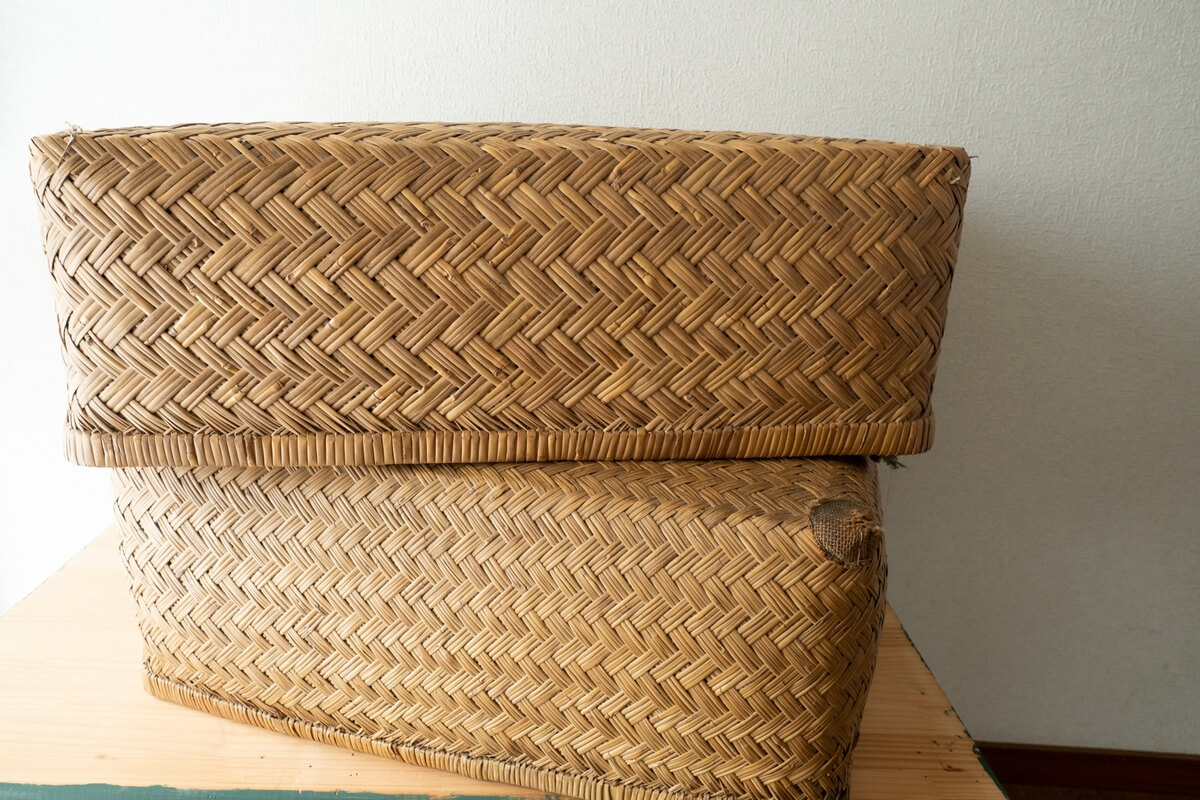
In 1881, Chouemon Yagi exhibited a “Kori bag” (a bag with a 2.5“ x 3” (70cm x 70cm) box with three leather bands fastened to it) at the 2nd National Industrial Exhibition of Japan. This is said to be the beginning of the present Toyooka bag. After that, Toyooka continued to evolve, creating bags made of new materials one after another.
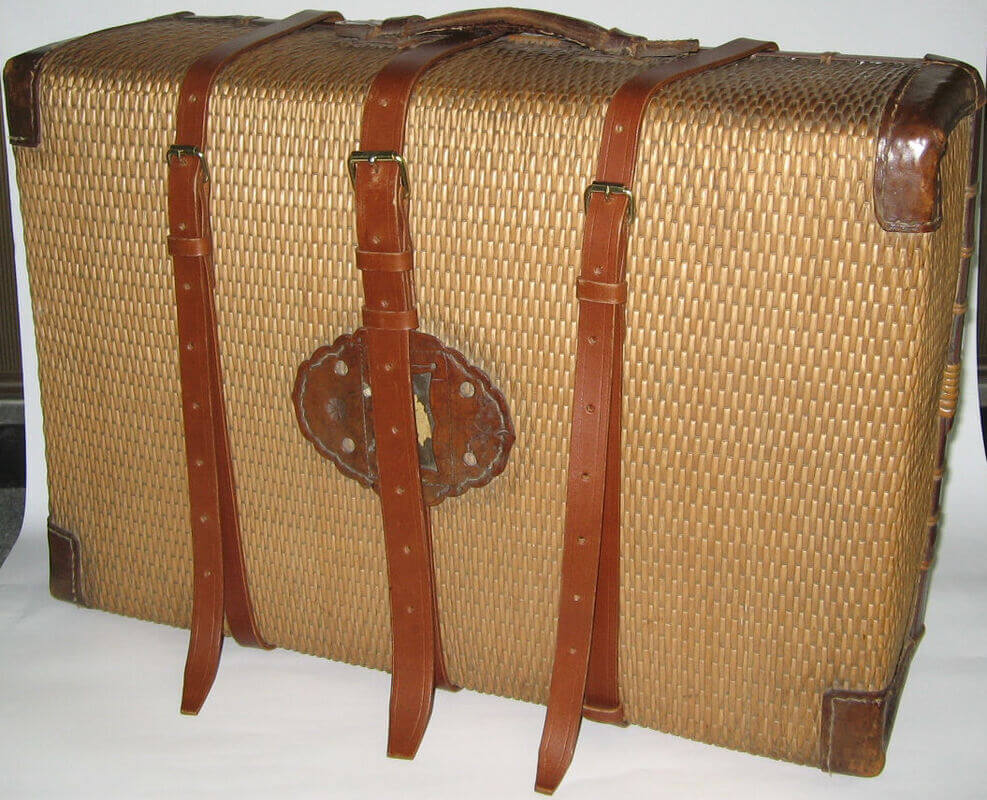
It eventually became the top bag production area in Japan, and in 2006, its trademark was registered as “Toyooka Kaban,” attracting attention both domestically and internationally as a high-quality bag brand.
Storks Return to the Wild from Their Last Habitat
Storks are large waterfowl that look similar to cranes and herons. Many people are probably familiar with the legend that “storks bring babies.”
The stork is a symbol of happiness, but it is a very precious bird that is designated as an endangered species.
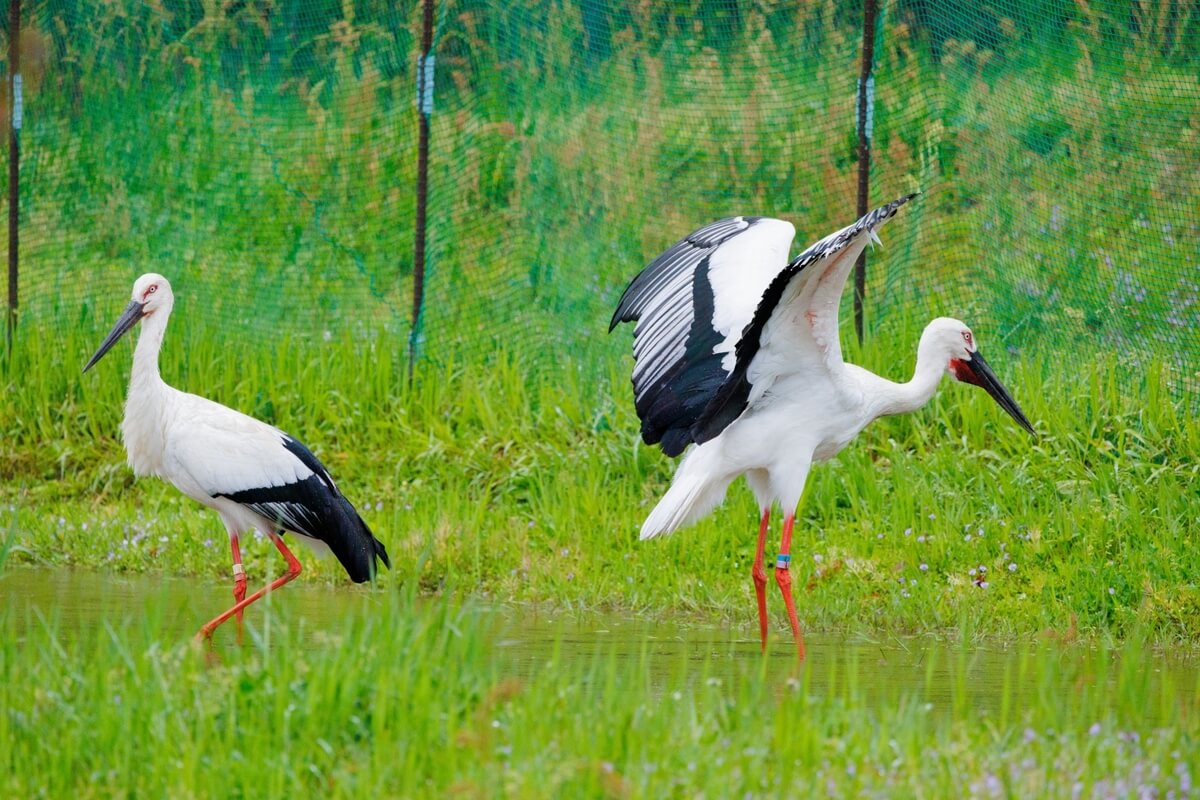
In the past, storks were a bird that could be seen everywhere in Japan. However, their numbers drastically decreased due to overhunting following the lifting of the ban on hunting in the Meiji era (1868-1912) and the decrease in wetland and marshland environments caused by deforestation.
In Toyooka, the last habitat of the stork, conservation efforts for wild storks began in 1965. Despite their efforts, storks became extinct from the Japanese skies in 1971.
However, storks were acquired from Russia, and after years of artificial breeding, storks were released into the wild for the first time in 2005. They began to fly the skies of Japan again.
As of December 2023, there are approximately 370 storks living in the park.
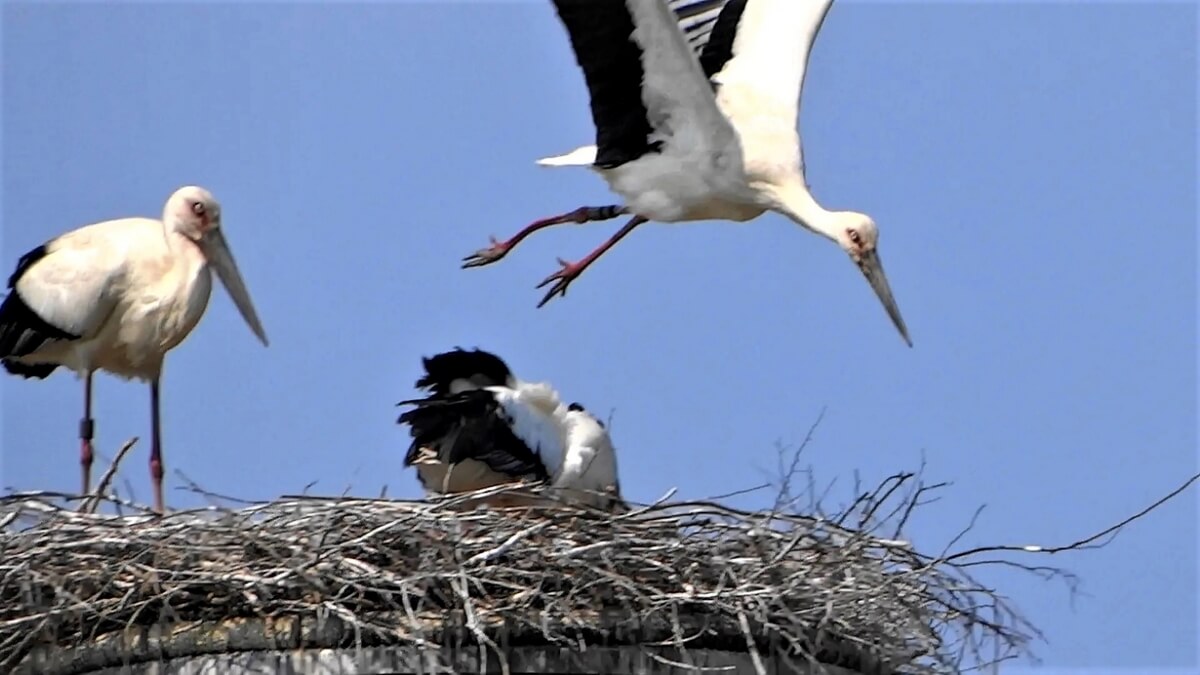
In Toyooka, you can find souvenirs featuring storks or see illustrations of them while walking around town. You can also see the real thing at the Oriental White Stork, introduced in the recommended spots below. Why not try to find your happy bird?
Recommended sightseeing spots in Toyooka
Kinosaki Onsen
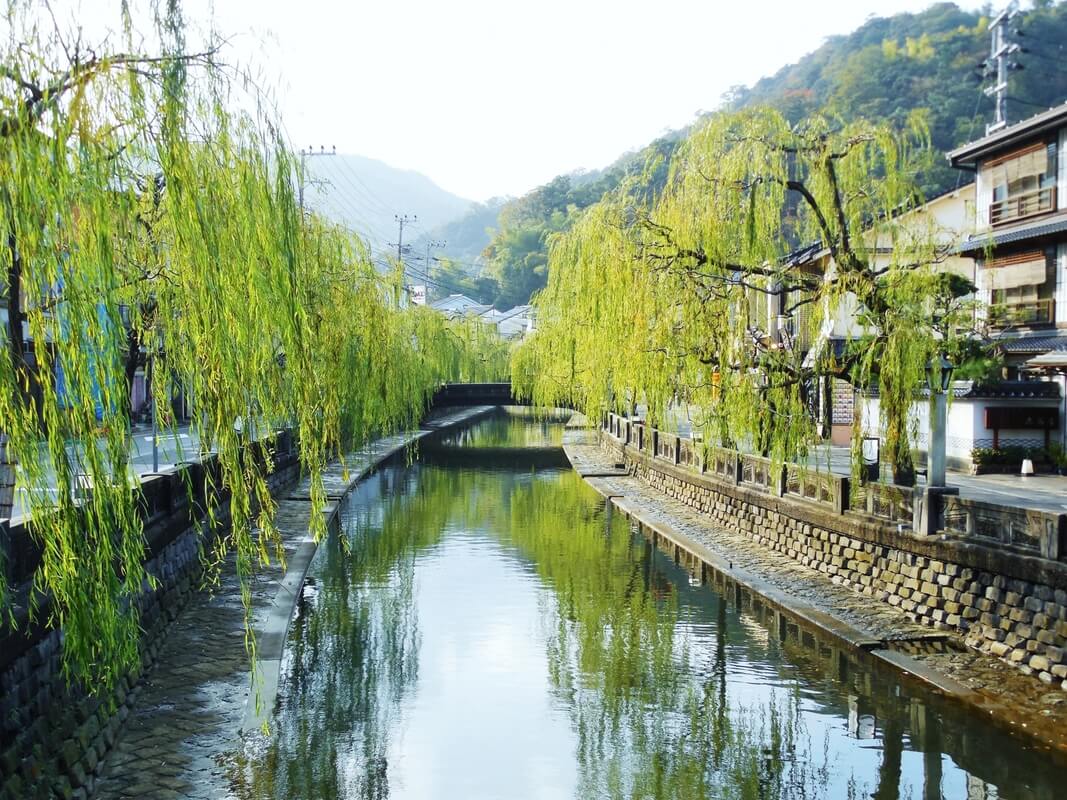
One of the famous hot spring resorts in Japan with a history of 1,300 years. It features a beautiful townscape with an atmosphere that makes you feel as if you have stepped back in time to ancient times. There are seven out-spa baths in the hot spring resort area, and you can relax in the hot spring while changing into a yukata and enjoying eating and shopping in the town.
Izushi Castle Town
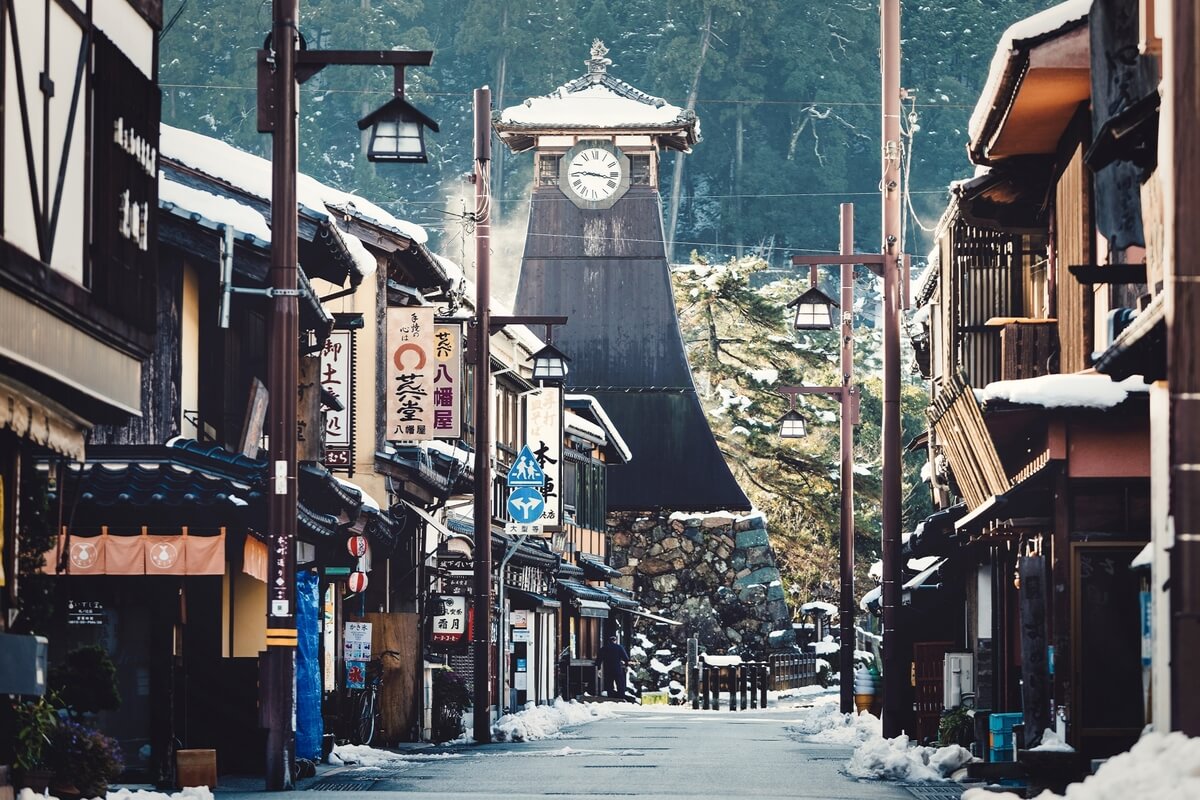
Known as “Tajima’s Little Kyoto (a nickname for a place whose old streets resemble Kyoto),” the area retains the appearance of an old castle town. The symbol of this area is the Shinkoro, the oldest clock tower in Japan, built in 1871. In addition to walking around the town, the view of the town from the topmost inari-dai of the ruins of Izushi Castle is spectacular.
▼For a detailed article on Izushi, click here
https://kodawari-times.net/blog/izushi-trip/
Genbudo Park
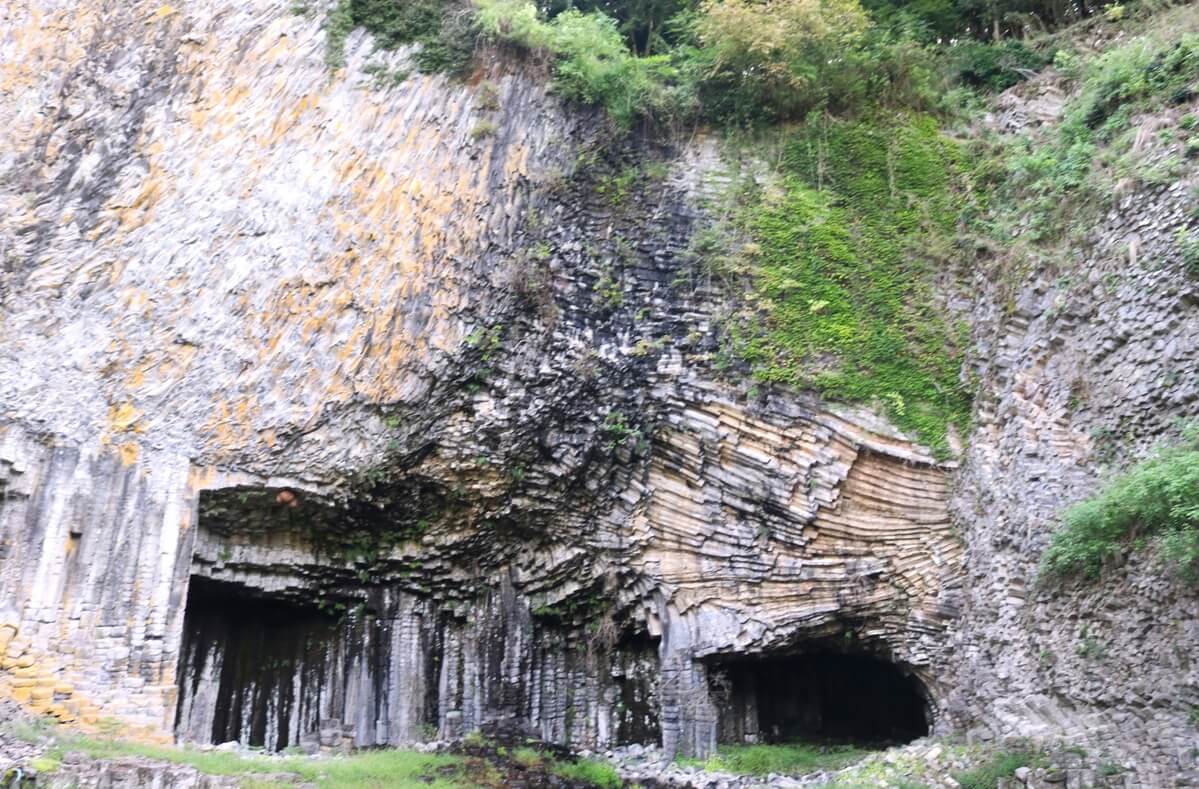
Genbudo Cave is designated as a national natural monument. Hexagonal stone columns of basalt were formed when magma that flowed out of a volcanic eruption about 1.6 million years ago cooled and solidified. People in the surrounding area mined this rock, and it remains as an artificial cave. It is a dynamic and mysterious spot created by nature and people.
Hyogo Park of the Oriental White Stork
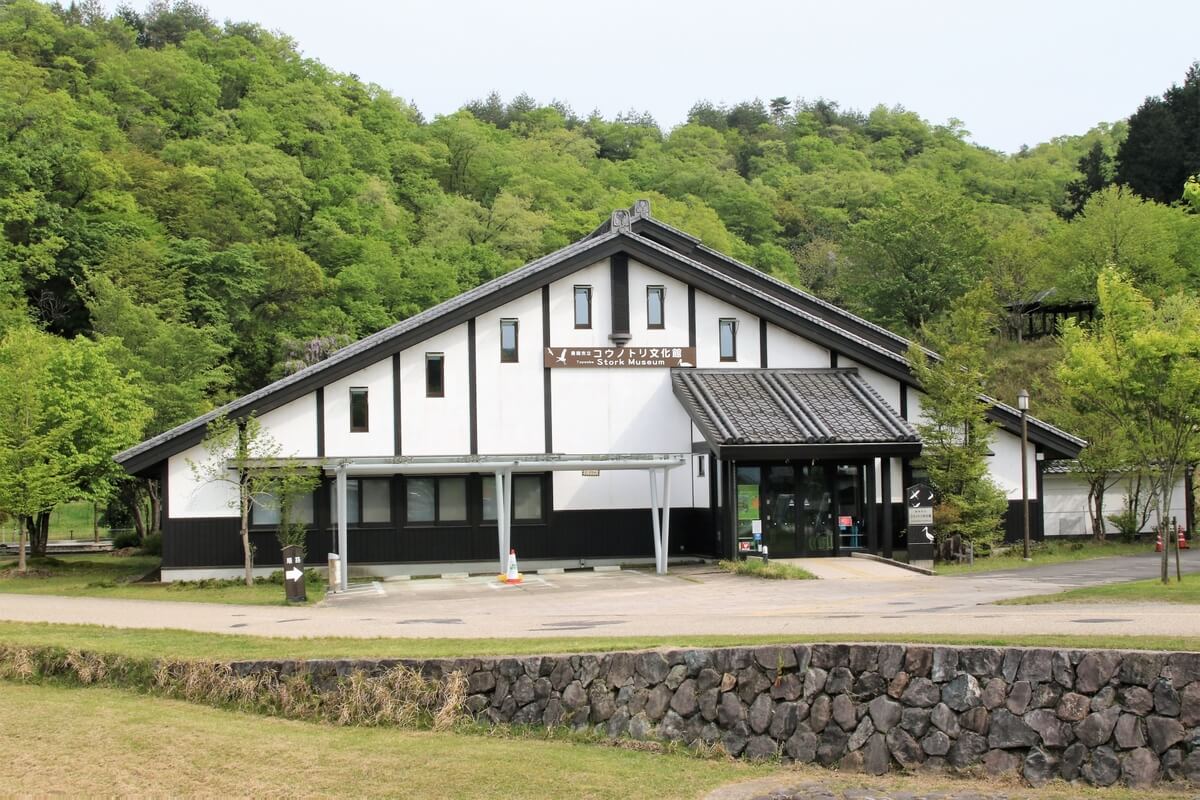
Breeding storks are on display and can be observed at any time of the year. At the Azumaya at the top of the mountain, which overlooks the park, visitors can view the nesting tower and watch the birds raising their young from spring to summer. The Toyooka Municipal Stork Culture Museum is also located in the park.
Souvenirs to buy in Toyooka
Toyooka Kaban
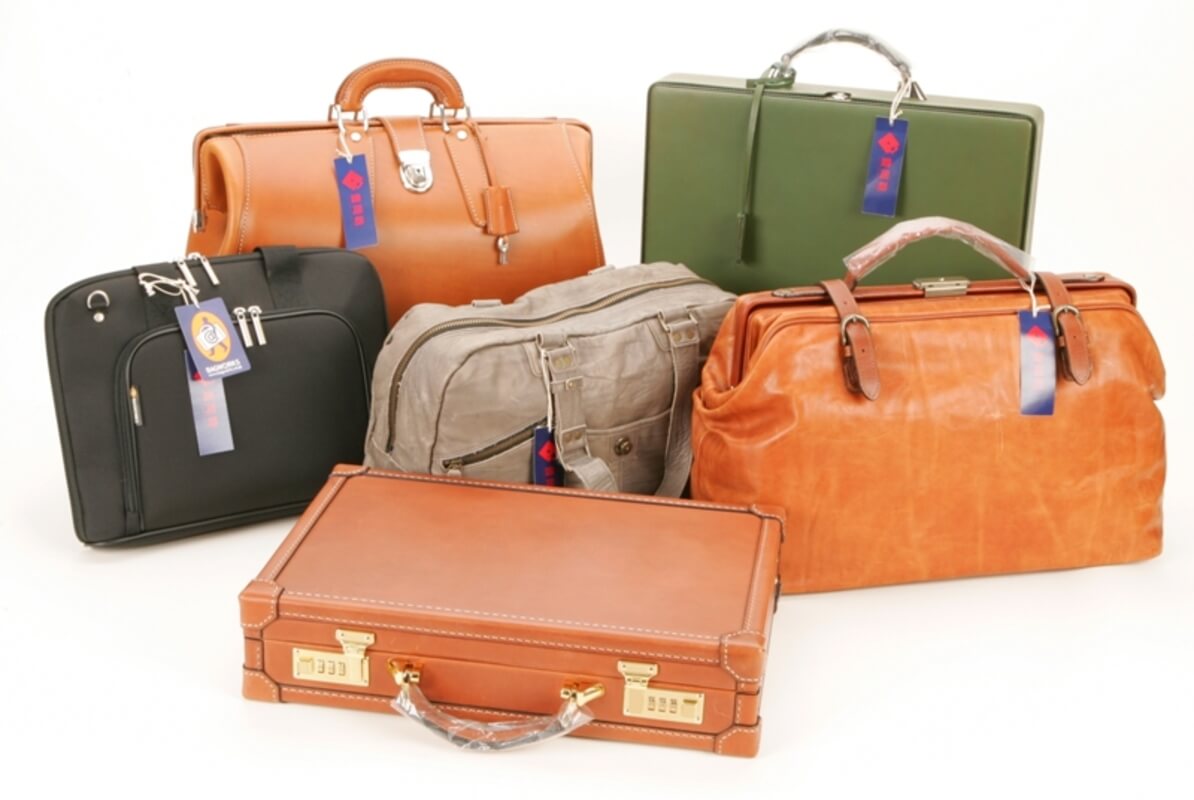
One of Toyooka’s representative specialty products, it was certified as a regional brand by the Japan Patent Office in 2006. Produced by companies that meet the quality standards set by the Hyogo Bag Industry Association, these high-quality bags are durable and long-lasting. They can be purchased at Kaban Street near Toyooka Station and other places in the city.
Toyooka kiryu zaiku(Toyooka wicker crafts)
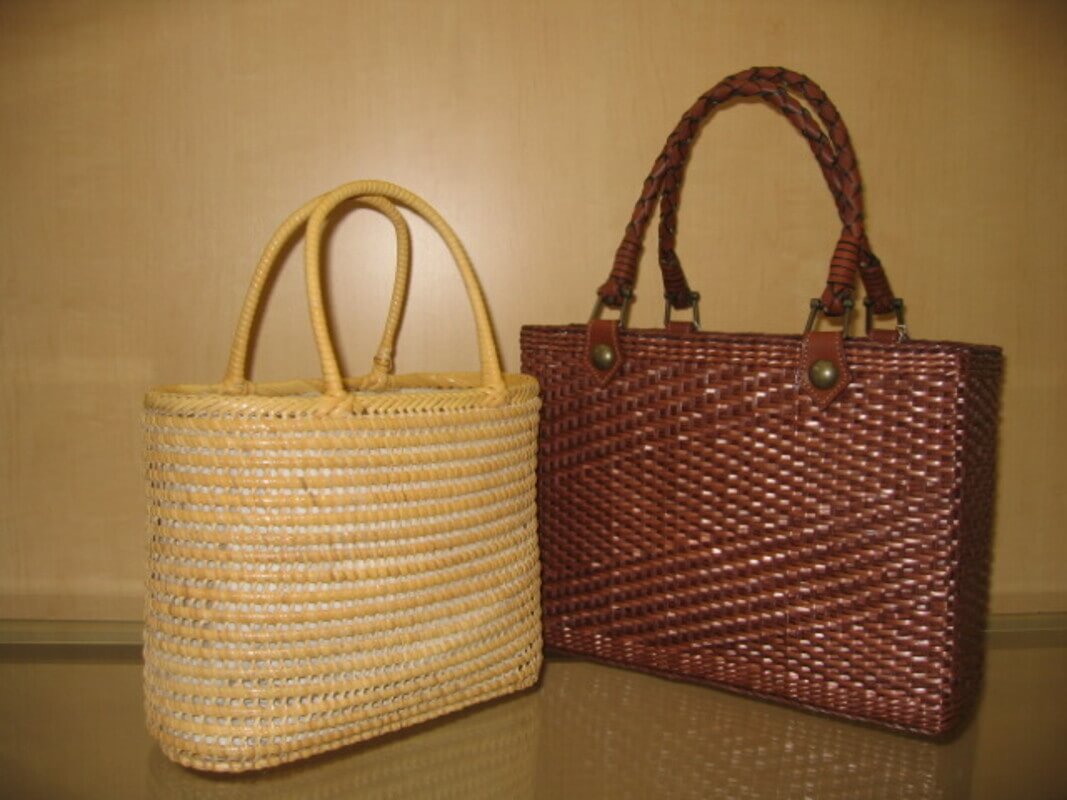
This woven willow basket is a national traditional handicraft. The raw material, koriyanagi, is characterized by its strong and supple texture. It is also highly breathable, absorbs water, and repels insects.
In addition to storage boxes, bags and coasters that incorporate fashion elements have become popular in recent years.
Izushi yaki(Izushi ware)
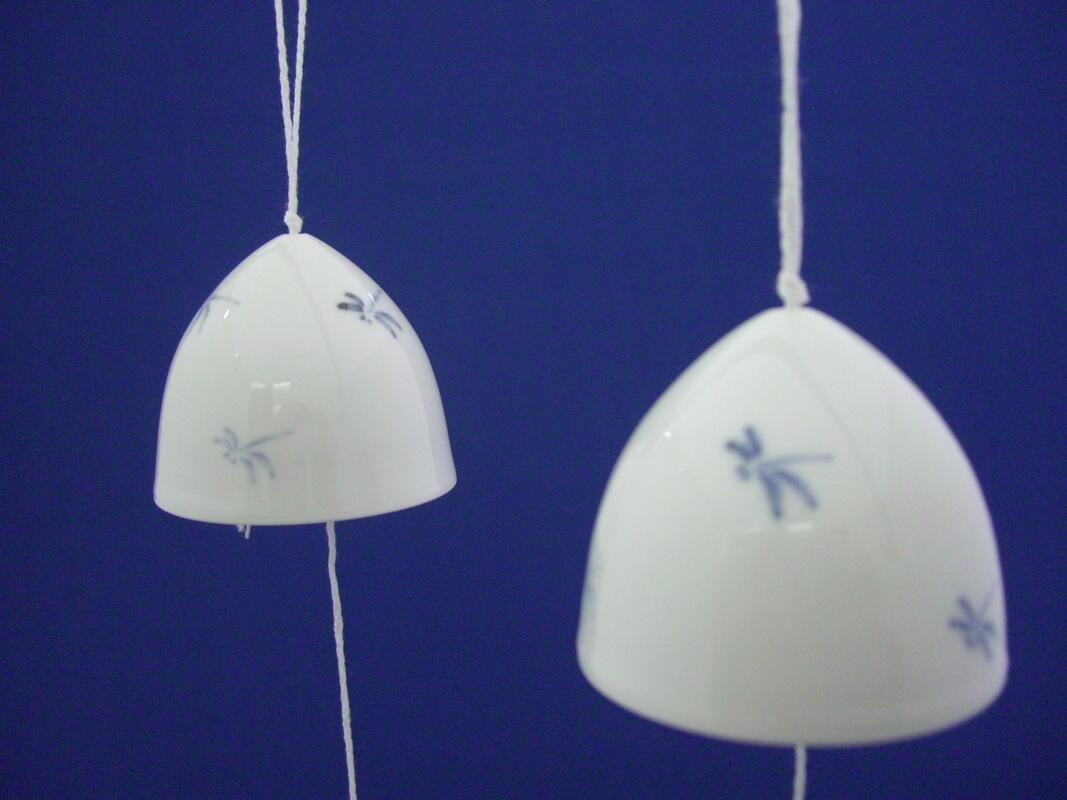
This pottery was created in the Izushi area and designated as a traditional national craft. It is characterized by its translucent white color and delicate patterns and carvings. The reason why Izushi Pottery is white is because pure white rock called Kakitanitoseki is used. There are several kilns in Izushi Town, and in addition to exhibiting their works, visitors can purchase Izushi pottery directly from the kilns.
Local Gourmet in Toyooka
Tajima Beef (breed of black Wagyu cattle)
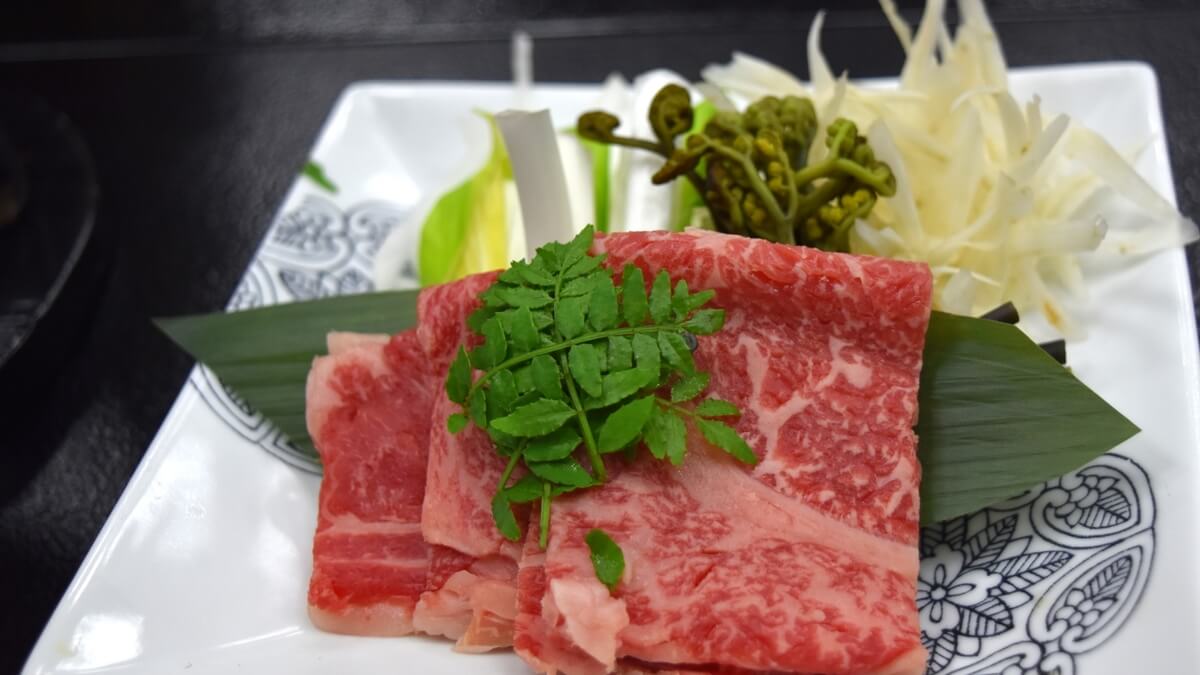
Tajima cattle were originally used in Tajima Province (the old name of the northern part of Hyogo Prefecture) for paddy field cultivation and transportation. It has long been known as a high-quality cow, but it was improved as a food cow while preserving its pedigree. In fact, all high-class black cattle, such as Kobe beef and Matsuzaka beef, have their roots in Tajima beef. Tajima beef has a melt-in-your-mouth flavor, and its “sashi” (marbled part) is superb! Please enjoy Tajima beef in your favorite way, such as sukiyaki, steak, or yakiniku.
Izushi soba
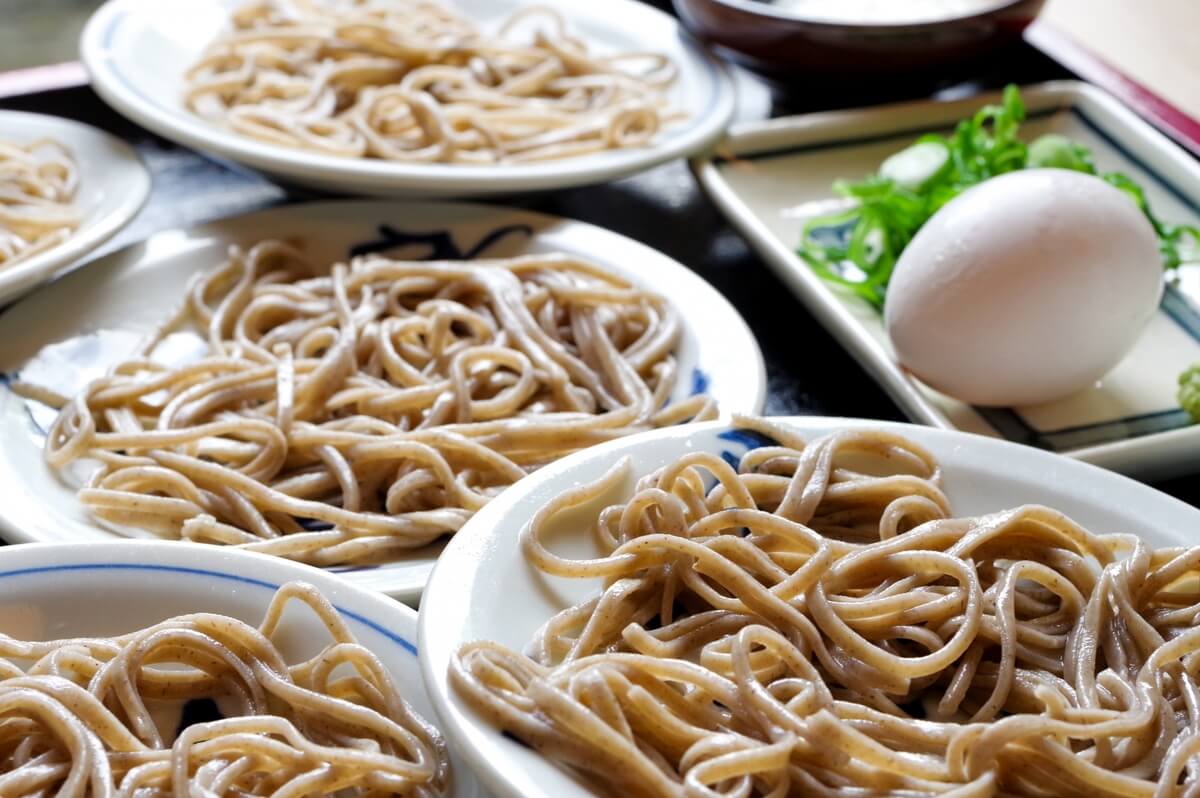
It is characterized by the unique style of eating a number of small pieces of soba divided into small plates. A set of five pieces of buckwheat noodles is a single serving, and it is dipped in our special dipping sauce along with such condiments as green onion, egg, and grated yam.
The buckwheat flour is ground together with the buckwheat seeds and sweet peel, known as “Hikigurumi,” which gives the buckwheat its original sweetness and aroma. There are about 40 soba noodle shops in Izushi, so why don’t you find your favorite one?
Toyooka is surrounded by rich nature and has a unique history. In addition to the beauty of its streets, Toyooka offers a wide variety of sightseeing spots, local specialties, and gourmet foods. There are many attractions in Toyooka that we have not been able to introduce here, so please be sure to visit!
